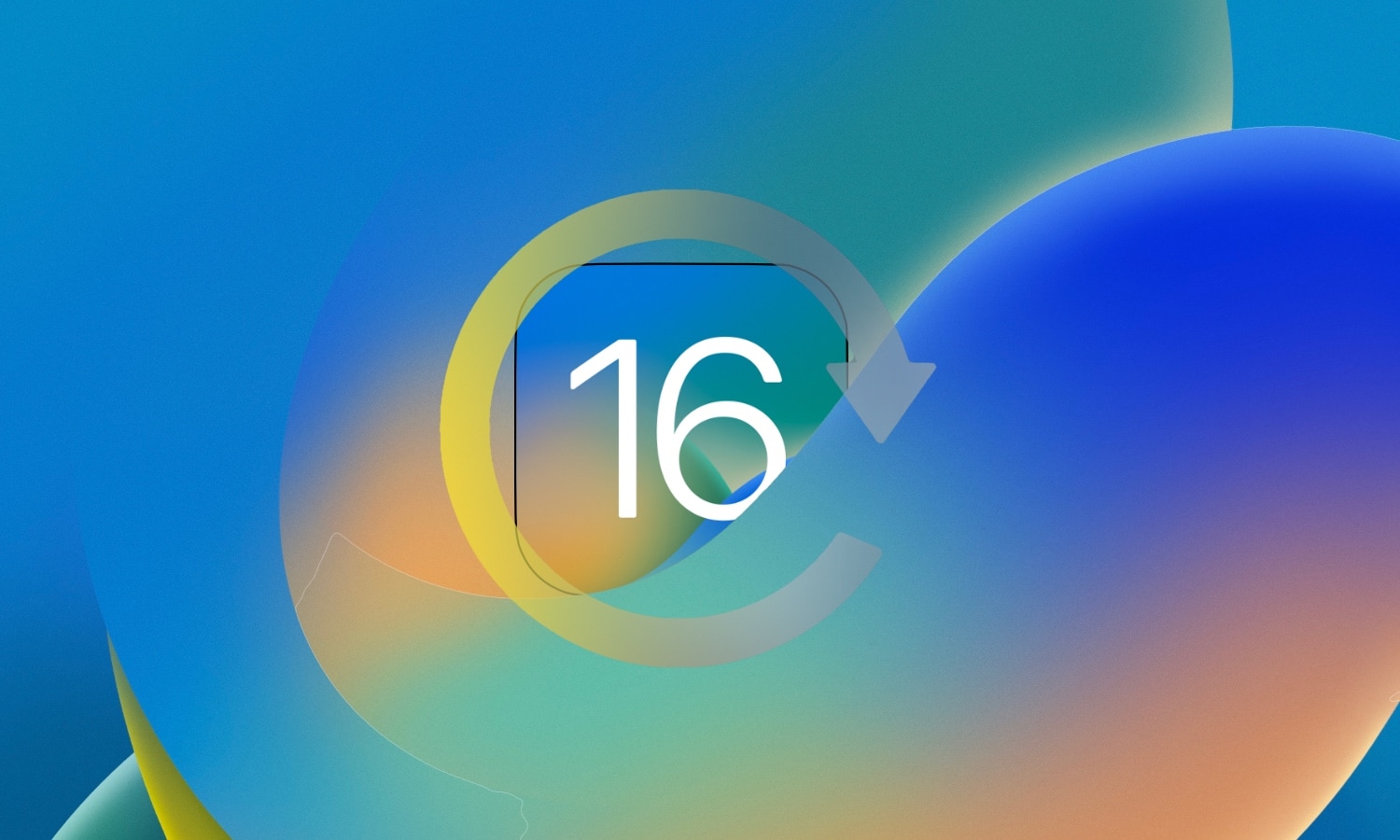Apple officially stopped signing iOS & iPadOS 16.4 this evening, a predictable move that prevents ordinary iPhone and iPad users from voluntarily downgrading their device’s firmware from the newer iOS & iPadOS 16.4.1 software update that Apple released on Friday, April 7th with bug fixes and security improvements.

Apple regularly stops signing older iPhone and iPad firmware after releasing newer versions, and the reasons vary greatly depending on who you ask. For ordinary users, who can plainly see that Apple doesn’t unsign older macOS versions for the company’s computer lineup, the reason is obvious: prevent people from intentionally installing older, jailbreakable firmware on their iPhones and iPads so that they can’t install hacks and tweaks.
What this means is that the method of pressing the Shift key and clicking on the Restore button in iTunes before selecting the iOS or iPadOS 16.4 firmware file on Windows, or pressing the Option key and clicking the Restore button in a finder before selecting the same firmware file on macOS, will no longer work. Instead, users will be promoted to restore and update to iOS or iPadOS 16.4.1.
Unofficial methods to downgrade iPhone firmware are available, such as FutureRestore, but this is largely limited to older devices as changes in Apple’s device security starting with arm64e devices has broken this capability. Still, if you’re on an older firmware and wish to upgrade to iOS or iPadOS 16.4 outside of the signing window, then you could use the DelayOTA method, which lets you upgrade 90 days past unsigning with Apple’s device supervision technique for device administrators.
While no jailbreak currently supports iOS or iPadOS 16.4, it’s worth noting that the palera1n team is working to add support to its checkm8-based tool for A9-A11 chip-equipped devices very soon. They’ll also likely support iOS & iPadOS 16.4.1 since checkm8 can’t be patched due to being a hardware-based bootrom exploit. Unfortunately, devices newer than the iPhone X have yet to receive a jailbreak on any version of iOS or iPadOS 16.
Jailbreaking aside, some people rely on firmware downgrades for other reasons, such as moving away from a firmware update that introduces new bugs or instabilities that greatly affect the user experience. While this is rare, it does happen, and we’ve reported on a bevy of instances in recent years:
- iOS 16.0 over-prompting users on clipboard access when pasting copied content into another app
- iOS 14.7 breaking the Apple Watch’s ability to be unlocked with the host iPhone’s Touch ID sensor
- iOS & iPadOS 13.2 imposing incredibly aggressive background management on backgrounded apps
iDB takes the hard stance that, like macOS, Apple should allow users to installl whatever version of iOS or iPadOS that they want on their iPhone or iPad — a device they paid for. It makes no logical sense to allow Mac users to downgrade to whatever they want to and then artificially bar iPhone and iPad users from doing the same. Sadly, Apple probably won’t change its position unless forced to by government regulation.
Apple also stands to benefit from corralling users toward newer firmware by giving them higher software adoption numbers to please shareholders. Additionally, more users benefit from security patches and newer features when they keep their devices’ firmware updated, but at the expense of jailbreak eligibility.
As always, you can find out what firmware is or isn’t being signed for your device by visiting the handy IPSW.me online utility. You can also visit our Downloads page to acquire any firmware file you might need for your iPhone or iPad.
Are you upset to see that iOS & iPadOS are no longer being signed? Be sure to let us know why or why not in the comments section down below.